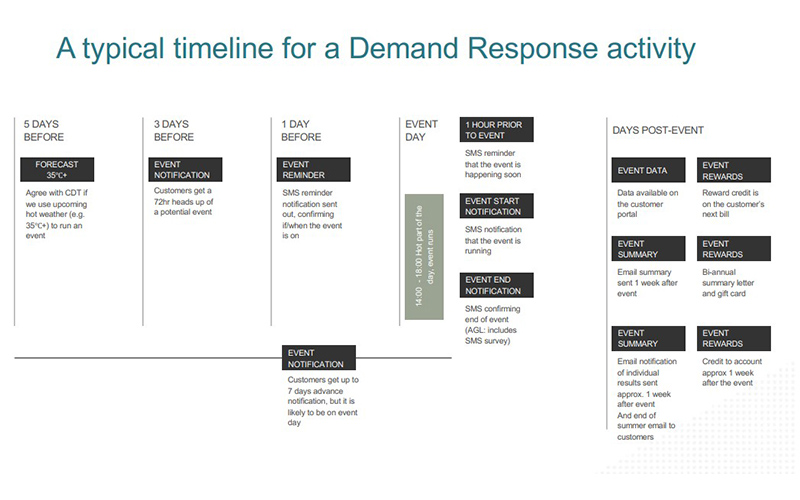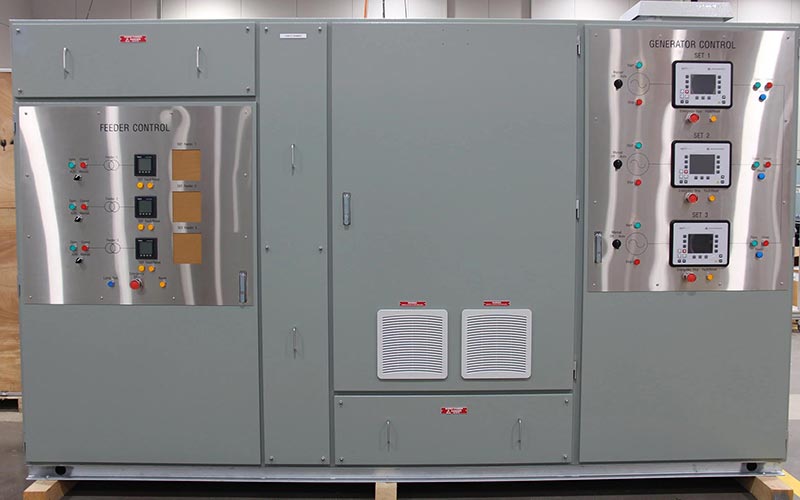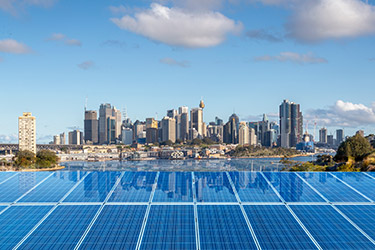How demand response can change the Australian energy market
Paul Moore, Published: October 4, 2019 - Updated: September 27, 2023 (7 min read)
Australia had the hottest summer on record earlier this year, and with an ever-increasing need for energy due to our growing population, the pressure placed on the electricity network grid continues to grow.
Balancing energy supply and demand becomes much more complex when there are multiple energy generation types to manage and the network is hit with usage spikes. If the usage outweighs the ability of the network, the cost of contracting the additional supply from the wholesale energy market is then recouped from consumers. In 2017, this cost blew out to $52 million. Unfortunately, the cost of developing power-generating infrastructure not only outweighs this figure, it also takes time to develop.
The reality is, smarter energy usage is the best solution for Australia’s energy needs. While energy efficiency measures play a critical part in this, there are other energy supply models that are proving valuable in other areas of the world. One of those is demand response.
Demand response is about consumers voluntarily reducing energy consumption through flexible management strategies. In countries such as the United States, New Zealand and the UK, demand response programs have already demonstrated significant benefits for grid capacity in peak demand.
There is huge potential for demand response in both commercial and residential sectors, however in this article, we’re going to focus on how this initiative can work for industrial consumers.
What is demand response?
There are two key terms involved in this concept — demand management and demand response — often these can be confused.
Demand management, as the name suggests, means managing the energy demand of a customer, in this case, a large energy user such as a water treatment plant or smelter. Managing demand can include energy efficiency programs and demand response.
Demand response is reducing a customer’s power demand in response to a peak event on the network. This can be done by powering down non-essential equipment, adjusting temperature settings by a few degrees or changing the timing of processes that require large amounts of energy.
SAGE believe that the next steps in this space will be automated demand response. This will be a change from the current manual method to using automation to respond to peak events.
How does demand response work?
Imagine the upcoming weather forecast is for a number of consecutive hot days. We know from previous summers that the amount of electricity used by Australians can increase by up to 46% on hot days, as air-conditioners are kicked into action. This extra demand at one time can place excessive pressure on the grid and increase the risk of unplanned power outages.
To meet this expected increase in demand, the energy retailer creates a demand response event. This event may be a period of time, such as between 2pm and 6pm. A notification is sent to consumers participating in a demand response program to reduce their power usage during the event. Once the event summary and individual results are compiled, those consumers who reduced consumption and made it available to the grid can receive financial compensation.

Example timeline of a demand response event, showing the initial notification, summary and rewards stages. Image courtesy of ARENA.
By reducing consumption and making that energy available to the grid, retailers can avoid sourcing more energy from the wholesale market, and there is no need to increase the network capacity.
Rather than responding to increased demand by building expensive infrastructure, demand response helps to stabilise the grid by freeing up energy from large-scale users, who are then compensated for making changes to their processes. Paying these users for reducing the load on the grid has so far shown to be a much more economical solution than building additional power plants.
The reform recently proposed by the Australian Energy Market Commission (AEMC) would introduce a demand response service provider (DRSP) to the National Energy Market, to make it easier to participate in a demand response initiative. We'll be talking about this in an upcoming blog post.
Is demand response an option for every business?
In short, no. Not at this stage, at least.
Demand response programs rely on the ability to reduce energy loading, so for an organisation to consider this, it needs to be capable of controlling loading when peak demand arises.
There are two ways a business can control the energy load with demand response programs:
- Reducing energy requirements — this can be done by minimising operations during peak periods, such as shutting down a manufacturing plant during the busiest part of the day, or
- Switching to onsite energy generation assets — for example, using onsite solar/battery power or generators during demand response events.
While some businesses may be able to shift the scheduling of their production cycles based on demand response events with minimal disruption, this may not be the reality for other business models.
For example, a business that has the same production processes in place 24-hours, 7-days-a-week (such as a smelter) may not be able to cut back on energy loading because they operate continually. What they may be able to do is switch to energy from any backup generation assets — such as a diesel gensets and/or batteries — to power their business during the demand response event.

An energy management control system SAGE delivered for a regional customer, allowing real-time energy management and remote control of energy supply. The system is capable of managing loading of different generation assets, including solar, diesel and battery storage.
Some energy retailers may also have a curtailable load that businesses need to be able to deliver in order to be considered. To put it simply, if your business doesn’t have the capacity to reduce grid load sufficiently, those retailers won’t accept it into the program.
To summarise, demand response may be an option if your business:
- can reduce energy loading with minimal disruption to operations OR can use a backup power generation asset
- has consistent operating patterns that can be used to plan usage, and
- is able to maintain reliable operations during a peak usage event.
Understanding demand response and industrial needs
In order to have a more reliable power solution during peak periods, it is necessary to change the way we think about energy infrastructure. Renewable energy is one way to help reduce the strain on hot summer days, but demand response is an option that is gaining traction in the Australian energy industry.
For businesses with the flexibility to alter hours of operation or to use onsite renewable energy generation during peak periods, there can be financial benefits as well as a more stable energy supply. If you think this might be an option worth exploring for your business, stay tuned for an upcoming blog on what you need to know to participate in demand response.
In the meantime, get your copy of this free guide for managing industrial energy costs to start exploring cost-saving opportunities that can be provided by new technologies.








